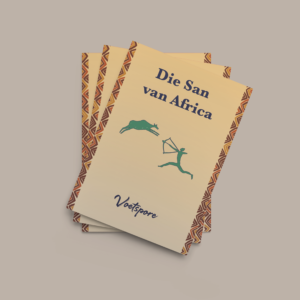Information about the San Bushmen people of southern Africa, plus a printable file folder project including mini-book templates for creating a lapbook about the San. Available in English or Afrikaans.
- Appearance

- Desert
- Homes
- Making poison
- Hunting and tracking
- Honey and gum
- Veld foods
- Tsamma melons
- Ostrich eggs
- Water
- Crafts
- Rock art
- Religion and folklore
- Making fire
- Language
- Music
- Websites, recommended books and places to visit
Use this printable file folder project pack to enhance your children’s learning about the San / Bushmen people of southern Africa.
Traditionally, school children create theme books about the various people groups of southern Africa, but as homeschooling moms and teachers, we have realized that for younger children, even with help and supervision, this can be quite an overwhelming task.
However, a mini-book project enables children to work with small bits of information at a time and this is not as overwhelming as having to write a project from scratch.
This file folder project pack (or lapbook) is aimed at children aged 7-11 and can be adapted for multiple age levels, commonly found in the homeschooling situation. It could be used in a homeschool co-op group or a traditional school classroom situation too.
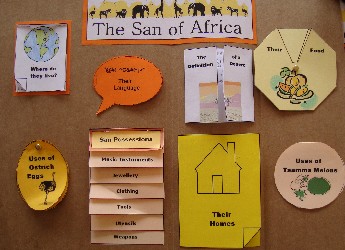
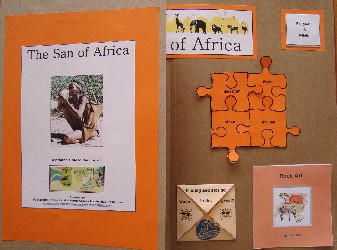
Sample pictures of part of the San Bushmen file folder
Ten Benefits of using a File Folder
1. A file folder project will enable your children to work on and review key information about the topic being studied.
2. It will develop auditory and comprehension skills as well as the ability to search, sift and find answers in a written text.
3. The hands-on activities are fun and develop fine motor skills.
4. Children love to learn by doing!
5. The creative possibilities are endless. Children can be creative and add their unique touch to their projects.
6. File folder projects are ideal for multi-level learning.
7. Project packs can be incorporated into unit studies, supplement topics of study or stand alone.
8. A project gives the children a reason for writing and drawing.
9. File folder projects are compact and easy to store.
10. A file folder project can become part of a child’s portfolio of work and are a great tool for reviewing completed work.
BUY NOW
Sample Snippet from the Printable Lapbook
The San Bushmen of Africa
In centuries past, when the Khoi-khoi people encountered the indigenous, hunter-gatherer nomads that roamed various areas in Africa, they called them the ‘San’, which means food-gatherers. Unlike the Khoi-khoi, the San people did not keep domestic livestock, but relied on wild game which they hunted for food.
Although nomadic, different groups stayed within specific areas. They would move around within their roughly demarcated areas in search of game and water, according to the seasons. They were very possessive over their water holes and would even kill a person trespassing and taking their water without permission.
In time, other tribal groups and white colonists encroached upon the San’s traditional hunting grounds. Some went to live with them and others moved on west and north in search of land where they could continue to live their traditional lifestyle freely.
Today the San Bushmen are found only in the northwestern Cape of South Africa, the Kalahari, Namibia and Botswana. Nowadays, most groups are less nomadic than their ancestors were.

The San Bushmen people are small, lightly-built, yellow-skinned people with peppercorn hair.
They tend to have heart-shaped faces and fine facial features.
Older people are often heavily wrinkled from a life in the harsh African climate.
The women tend to store fat in their buttocks and have sharply hollowed backs.
Since the San are nomadic, they built huts of grass thatched over a framework of branches, planted into the ground and tied with strips of bark of the knob-thorn tree at the apex. The men usually gather the branches and construct the framework, while the woman gather grass and set about thatching the hut in layers. The finished hut is quite warm, which is necessary when temperatures drop suddenly after sun set in the Kalahari.The huts are also waterproof to provide shelter from storms in the rainy season.

Sleeping places are usually hollowed out of the sand and covered with grass and a fur kaross is used as a covering in cold weather. The San have few household possessions. Skin karosses, loin cloths and aprons are the San’s only clothing. Their semi-nomadic life makes it impractical to possess anything that is not easy to carry.
Huts are usually built in a circular arrangement around a central fireplace, which is the focal point of community life.
All San bands move with the seasons in search of food and water, but they will also pack up and move is someone has died or if there has been a serious misfortune in a particular place. They will not return to that place until the grave or the event has been forgotten by all.
To Purchase The San File Folder Project
More SA History Lapbooks
Buy more printable lapbook projects to enjoy as you learn about South Africa and the people and events that have played a significant role in the development of our country.
-
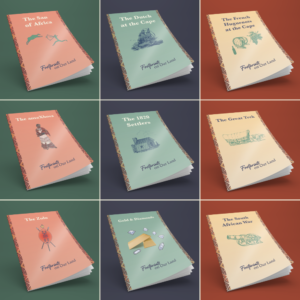 SA History Lapbook Bundle of 9 (Digital)R800.00
SA History Lapbook Bundle of 9 (Digital)R800.00 -
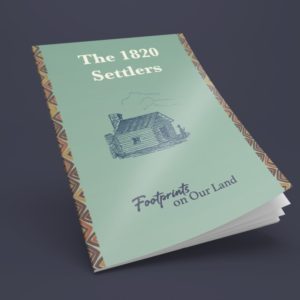 The 1820 Settlers (Download)R100.00
The 1820 Settlers (Download)R100.00 -
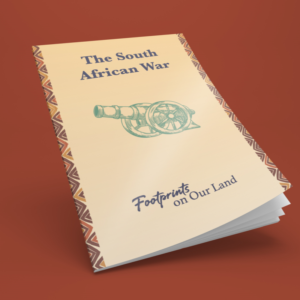 The South African War (Anglo Boer War)R100.00
The South African War (Anglo Boer War)R100.00 -
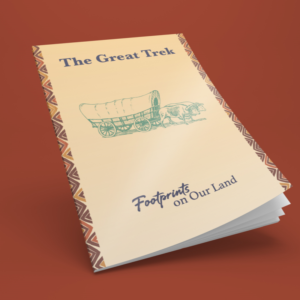 The Great Trek (Download)R100.00
The Great Trek (Download)R100.00 -
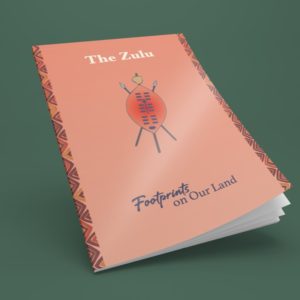 The Zulu (Download)R100.00
The Zulu (Download)R100.00 -
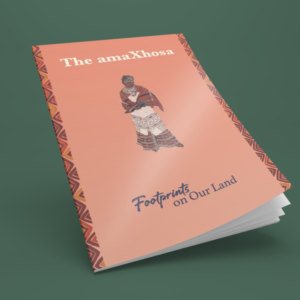 The Xhosa (Download)R100.00
The Xhosa (Download)R100.00 -
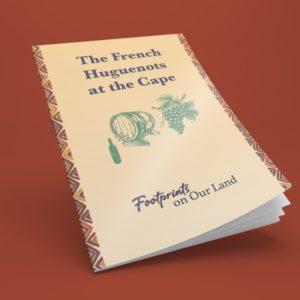 The French Huguenots at the Cape (Download)R100.00
The French Huguenots at the Cape (Download)R100.00 -
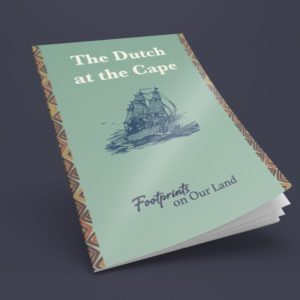 The Dutch at the Cape Lapbook (Download)R100.00
The Dutch at the Cape Lapbook (Download)R100.00 -
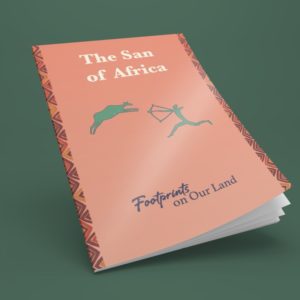 The San of Africa Lapbook (Download)R100.00
The San of Africa Lapbook (Download)R100.00 -
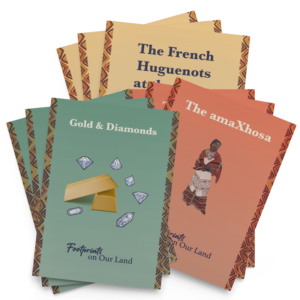 SA History Lapbooks Bundle of 9 on CDR800.00
SA History Lapbooks Bundle of 9 on CDR800.00

